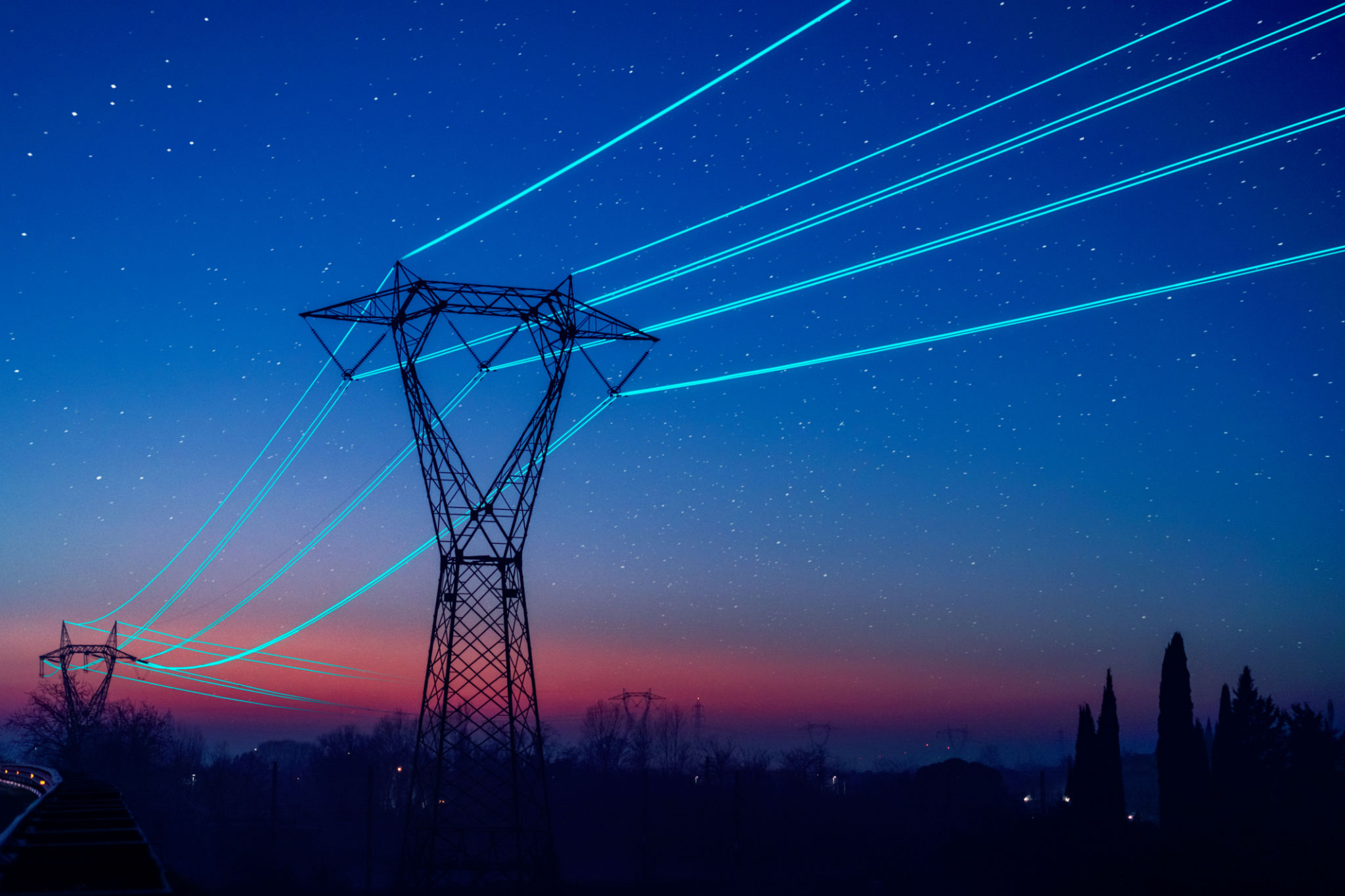A Step-by-Step Guide to Installing Bird-Flight Diverters Safely
Understanding Bird-Flight Diverters
Bird-flight diverters are essential tools for preventing bird collisions with power lines and other structures. These devices work by making cables more visible to birds, thus reducing the risk of collisions. Installing bird-flight diverters not only protects our avian friends but also helps in maintaining the integrity of power lines and preventing potential outages.
Preparation and Planning
Before beginning the installation process, it's important to conduct a thorough assessment of the area. Identify the high-risk zones where bird collisions are most frequent. This might include areas near water bodies, migratory paths, or regions with a high concentration of bird activity. Once you've identified these areas, gather all necessary materials and tools for installation.
Gathering Materials
Ensure you have all required materials, including the bird-flight diverters themselves, protective gear such as gloves and helmets, and tools like ladders or cherry pickers for reaching elevated lines. It is crucial to select diverters that are suitable for the specific type of line you are working with.
Installation Safety Measures
Safety should always be a top priority when installing bird-flight diverters. Make sure to follow all safety protocols and guidelines, particularly when working near electrical lines. Use insulated tools and maintain a safe distance from live wires. It might also be beneficial to have a second person present for added safety and assistance.

Conducting a Risk Assessment
Before starting the installation, perform a risk assessment to identify any potential hazards. This includes checking weather conditions, assessing the stability of the ground or platform where you will be working, and evaluating the condition of the power lines.
Step-by-Step Installation Process
With all preparations complete, you can proceed with the installation of bird-flight diverters. Here's a step-by-step guide:
- Position the Ladder or Platform: Ensure it is stable and safely positioned under the section of the line where diverters will be installed.
- Attach Diverters: Securely attach the diverters to the line according to the manufacturer's instructions. This may involve clipping or wrapping them around the cable.
- Check Alignment: Make sure each diverter is properly aligned and spaced according to guidelines to maximize visibility.
- Ensure Secure Fastening: Double-check that all diverters are securely fastened and cannot be easily dislodged by wind or other environmental factors.
Post-Installation Evaluation
After installation, conduct a thorough evaluation to ensure everything is in place and functioning as intended. Observe the lines from different angles to confirm that diverters are visible against various backgrounds and lighting conditions. Regular maintenance checks should be scheduled to ensure long-term effectiveness.

Monitoring Bird Activity
Continue to monitor bird activity in the area after installation. This will help determine if additional diverters are needed or if adjustments should be made to existing ones. Gathering data on bird collisions post-installation can provide valuable insights for future projects.
Conclusion
Installing bird-flight diverters is a critical step in protecting birds and maintaining infrastructure integrity. By following this step-by-step guide, you can ensure that these devices are installed safely and effectively. Remember that ongoing evaluation and maintenance are key to ensuring long-term success in reducing bird collisions.
